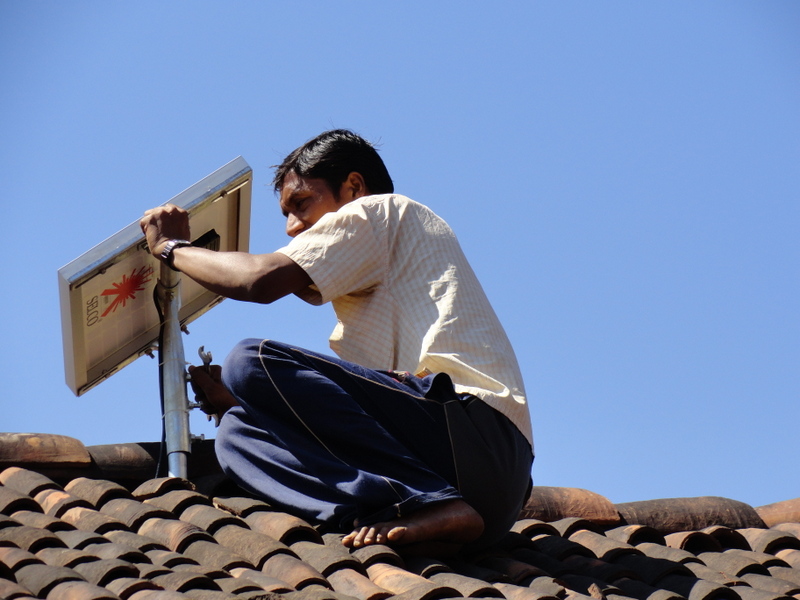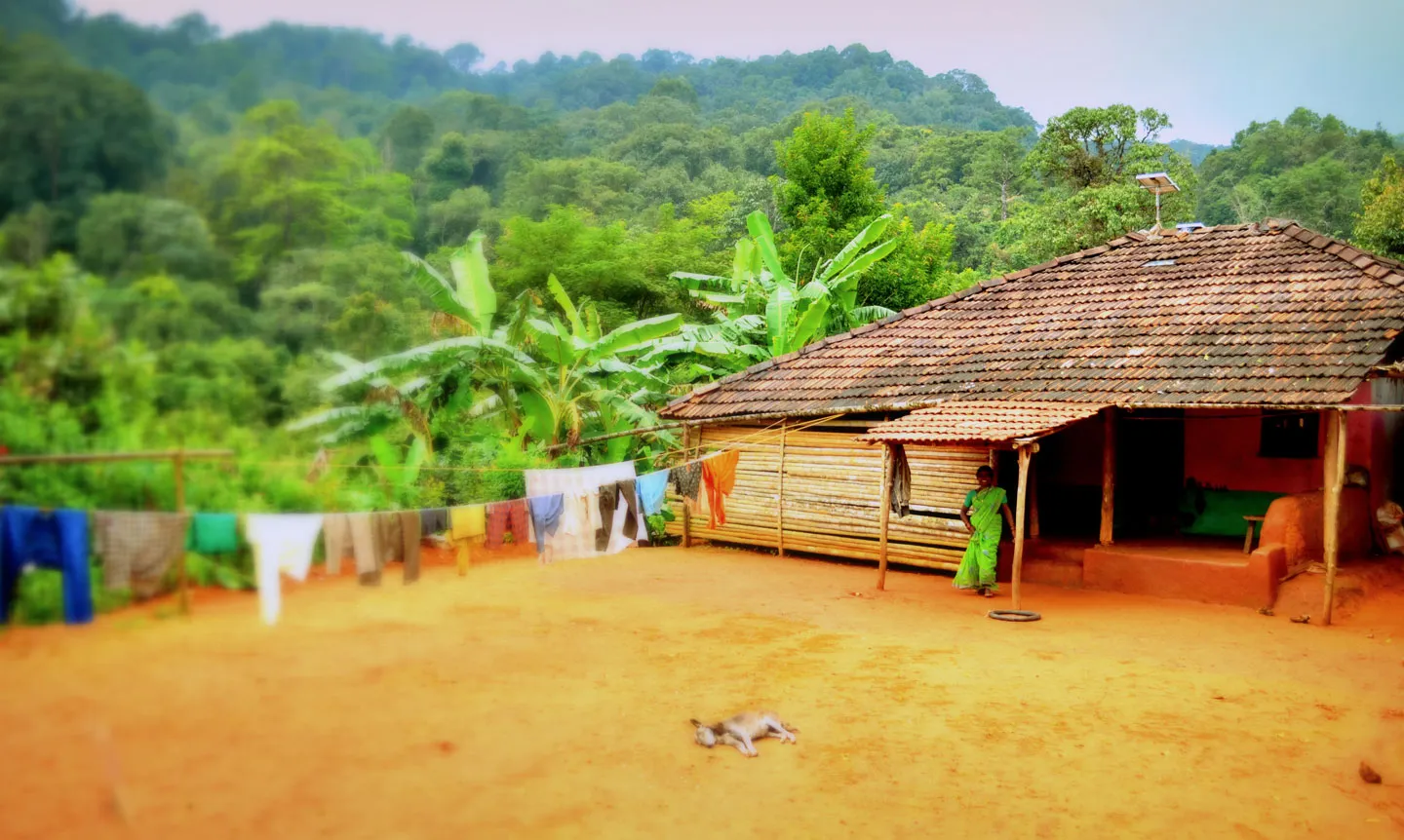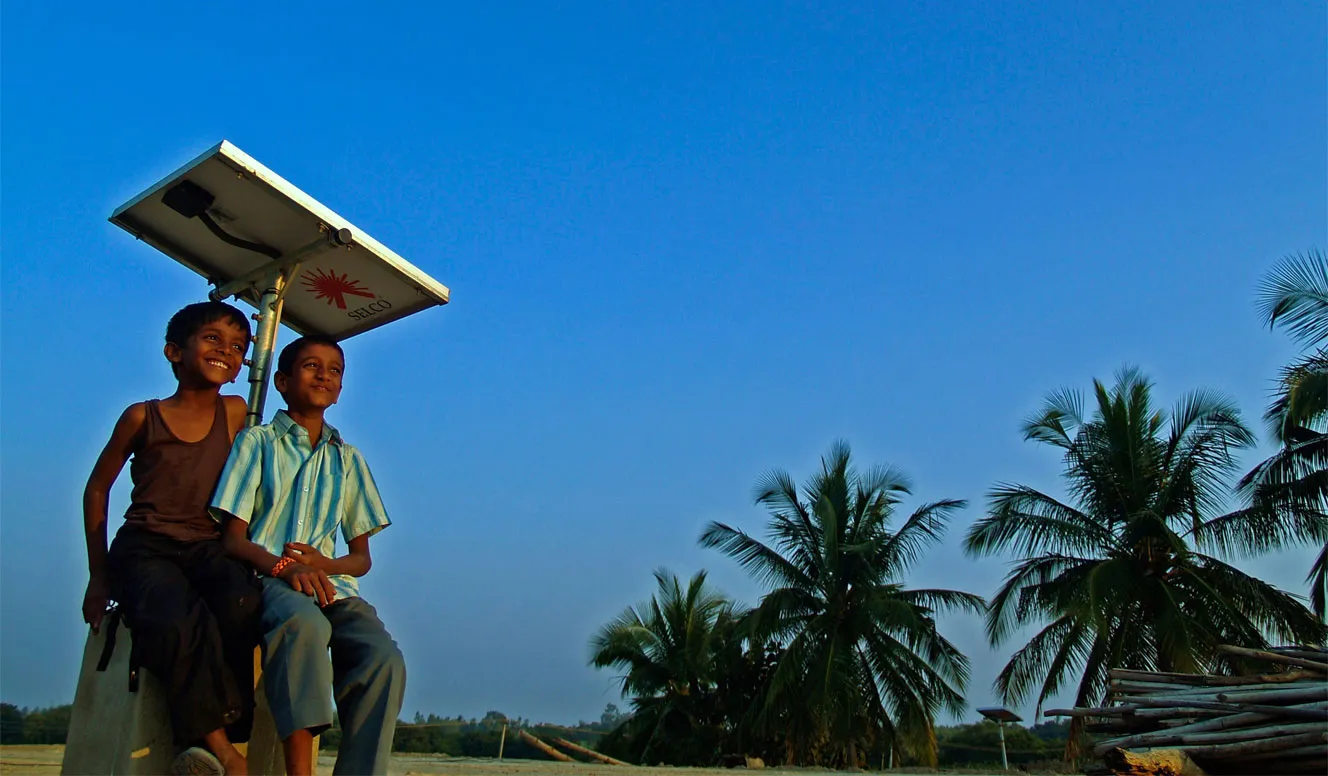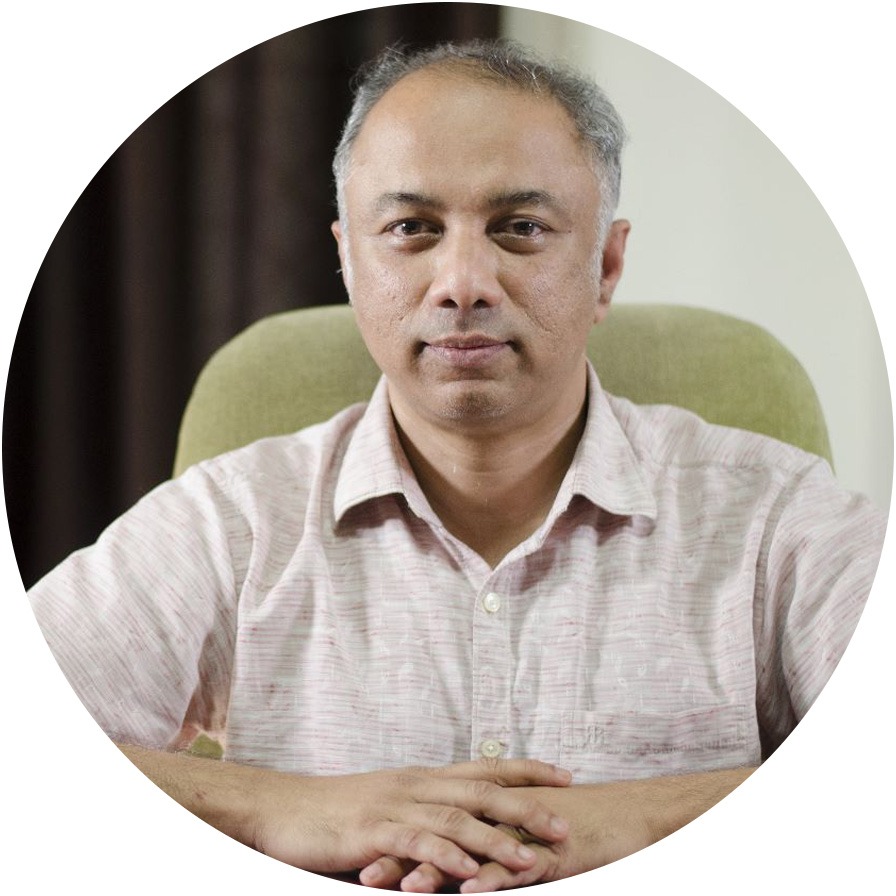The challenge
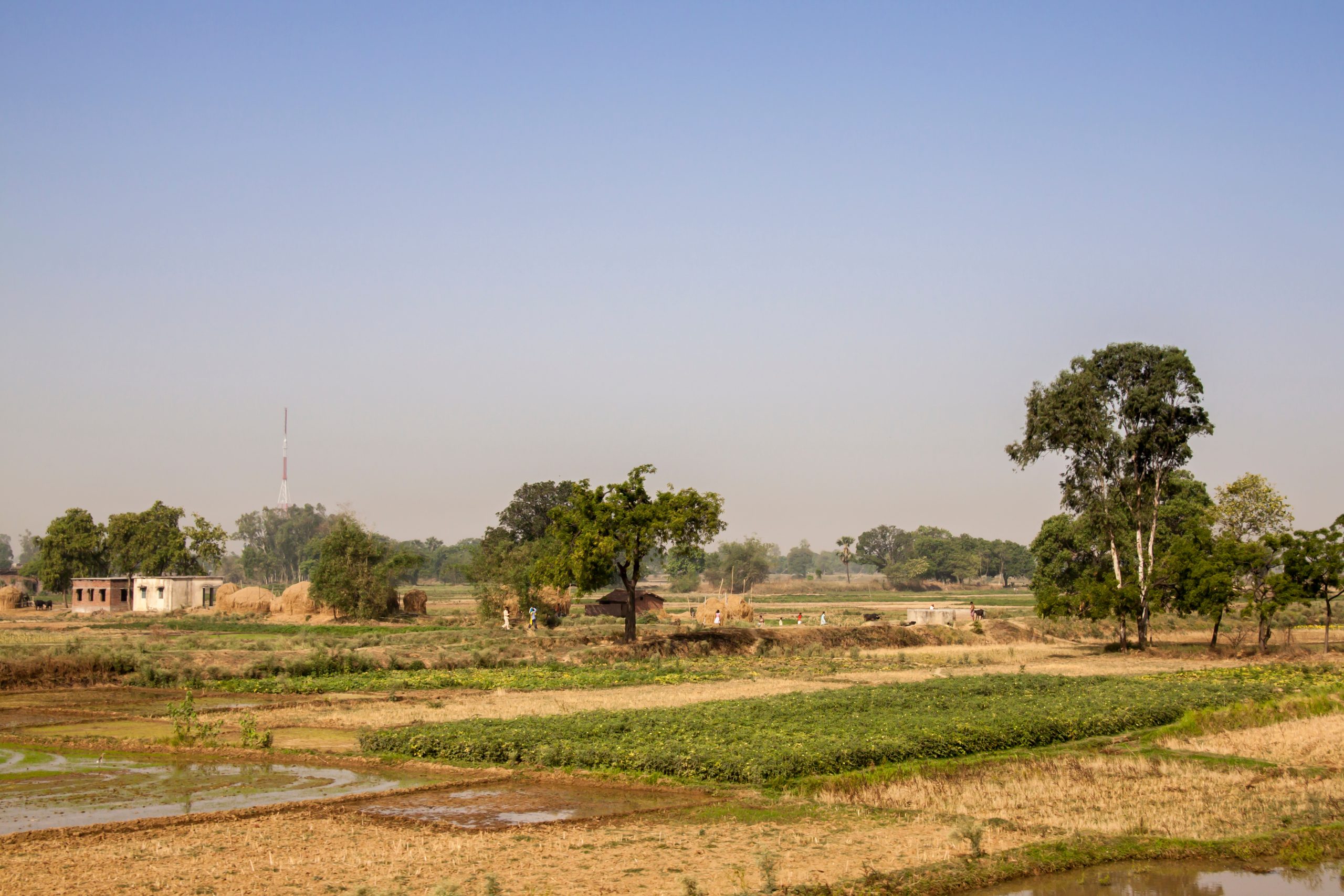
In 2005, Indian government data showed that almost 90% of households in the state of Bihar were not connected to the conventional grid. Bihar is also the state with one of the greatest numbers of people below the poverty line, where populations in both rural and urban centres were forced to spend a large part of their income on alternative sources of energy like kerosene and diesel generators.
Since then, there has been extensive focus on rural electrification in India. As per the India Residential Energy Consumption Survey (IRES) 2020, as many as 97% of Indian households are electrified, with 96.7% now connected to the grid and another 0.33% relying on off-grid electricity sources. However, 2.4% of Indian households still remain unelectrified. The majority of the unelectrified households are concentrated in rural areas, including Bihar, where 2.2% of households are without electricity (Agrawal, et al., 2020).
As a driving force in this energy transition, SELCO – supported by REEEP in our 5th, 6th, 7th and 9th programmatic cycles between 2006 – 2015 – has become one of India’s best-known social enterprises, seeking to eradicate poverty by promoting sustainable technologies in rural India.
Image: A village in Bihar, India.
Credit: Adobe Stock



